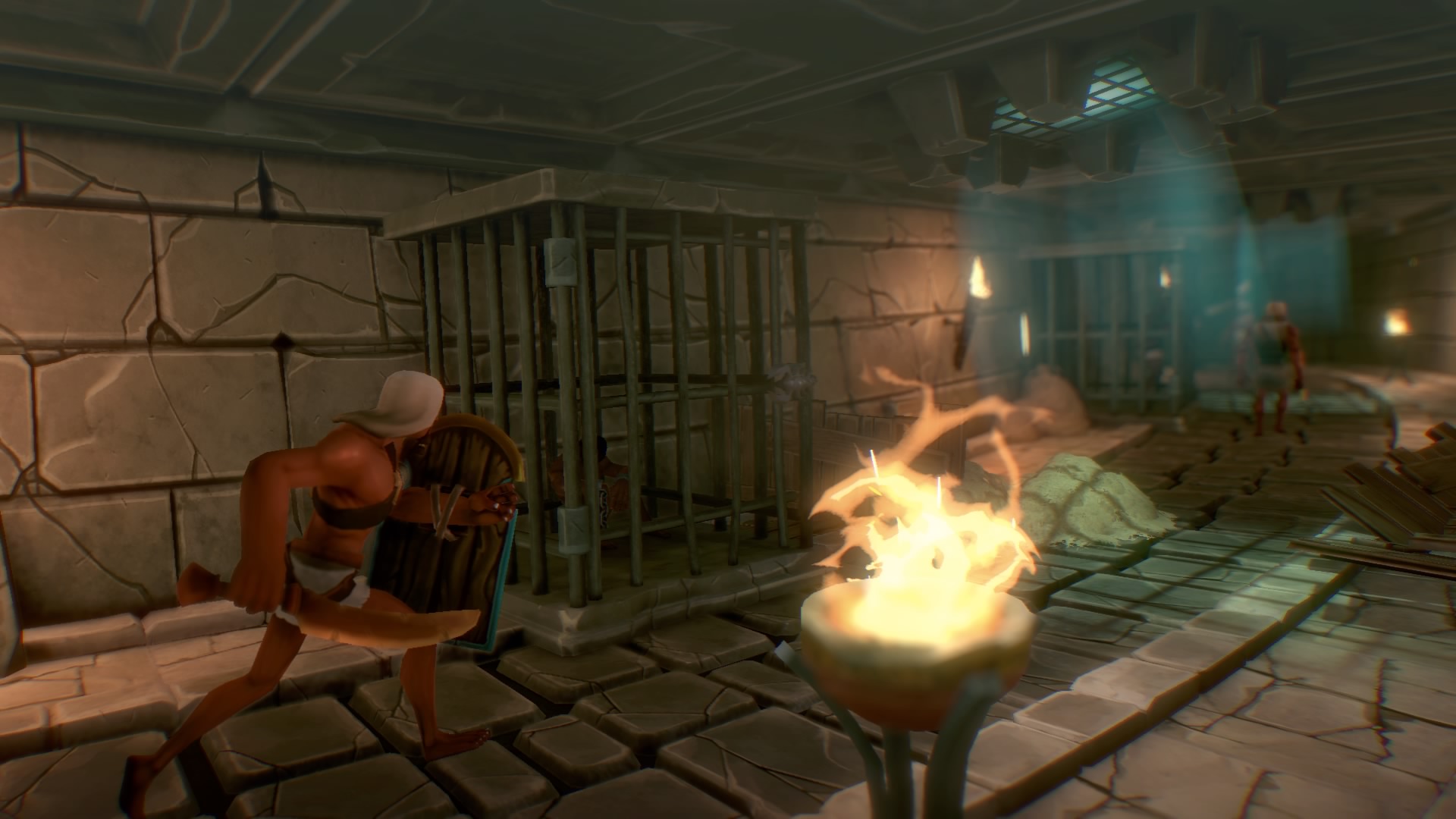
Despite being an unfortunate footnote in history, in the ancient eras of Egypt there were slaves. How the hell were they going to finish that giant lion/human/Michael Jackson cosplay monster without forced labor? Now imagine that YOU, filling the role of an endlessly incarcerated forced worker, were given the chance avenge the abused masses? In Pharaonic, the newest release from indie developer Milkstone Studios, players are cast into this very role. Now if only we could where the designers hid that third-dimension, because it’s AWOL, yet oddly better off because of it.
Death Dealer
The only mandate in Pharaonic is to bring the oppressors to their knees, and force feed them a steady diet of steel cutlery. What helps to set the game apart is its strict adherence to a two-dimensional presentation. That’s right. It’s only walking left and right, with an occasional doorway to punctuate the monotonous consistency. Thankfully, the navigation is actually the most minor of the game’s core elements, with the focus instead being on the hard as nails combat.
If you were to take a Souls game (see: Demon’s or Dark) and reduce it into its most refined state, this would most likely be what’s left over. Featuring an extremely streamlined combat system consisting of a light and heavy strike, plus a block and parry, and you have uncovered a majority of player’s abilities. These core building blocks, and occasional magical shenanigans introduced later on in the campaign, are the only tools that can be used to dismantle an entire empire.
If that sounds like a daunting task, just know that it gets even more difficult thanks to a stamina gauge. Obviously the harder the strike, the more the stamina is depleted. Even blocking can tick away at this the total energy that can be expelled. Stamina does recharge fairly quickly, but it’s still extremely necessary to remain vigilant about its state. There’s nothing more frustrating than whittling away at the defenses of an enemy, only to run out of gas before striking the killing blow. Even worse, if you don’t even have enough energy to block, this can also render the over-aggressive attacker a sitting duck.
Another key piece of the overall puzzle is Pharaonic’s mild RPG mechanics. After defeating an adversary, these creatures will sometimes drop a piece of loot that can be integrated into the avatar’s arsenal. These pieces can take the form of gear or weapons, jewelry with additional augmentation slots, and gems of multiple purposes. Though as you might expect, given the fairly limited scope of these elements, the unique sets of items are fairly limited, with a few new key items finding their way into the “drop pool,” as the campaign progresses.
Gearing Up
The constant introduction of new pieces of gear and weapons help to shave the edge off many of the significant combat complaints. The game offers a continuous loop by which to advance, even if you’re biting the dust more than a Queen cover band. Introducing new styles of weapons, for example, was a gigantic game changer. Suddenly combat that was forced to be a continuous close-quarters melee-fest gains a new dimension through the introduction of spears. Being able to strike from long distances is a welcome addition, but also takes longer to charge an attack. The constant give and take is what keeps the combat so damn interesting.
Much like some of the other inspirations referred to earlier, it becomes abundantly clear early on that in order to succeed a very cautious approach must be utilized. Storming into battle unprepared will usually result in an untimely demise. This is why it’s critical to observe each of the different enemy types. Learn their skills, timing, and tendencies, and you might stand a snowball’s chance in hell of surviving. Notice I said “a chance,” of surviving, because in Pharaonic the best teacher is the school of hard knocks.
Once you’ve begun to fully grasp each of the main enemy types, one of the game’s biggest downfalls will become blatantly obvious. It doesn’t take long to realize that despite the setting changing and new enemy types being introduced, the combat tendencies tend to be a bit of a palette swap between similar types of character models. Granted, there are certainly a few exceptions to this rule, but it’s a bit more few and far between than one might hope. Fortunately, this does help when getting a leg up on these man-slaughtering malcontents.
When the player dies, they do drop some of their leveling currency used to increase the character’s strength and speed. These materials are critical to maintain, especially when equipping heavier gear. These dropped resources can be recovered as long as the player doesn’t once again die in the process of retrieval. Due to the more linear left-to-right nature of the traversal, these recoverables are fairly hard to miss, unless by total ineptitude. Depending upon the scenario this can either be viewed as a positive or negative, but regardless, it certainly plays into the commonly streamlined level structure. Too bad all of this is done at the cost of layout variety.
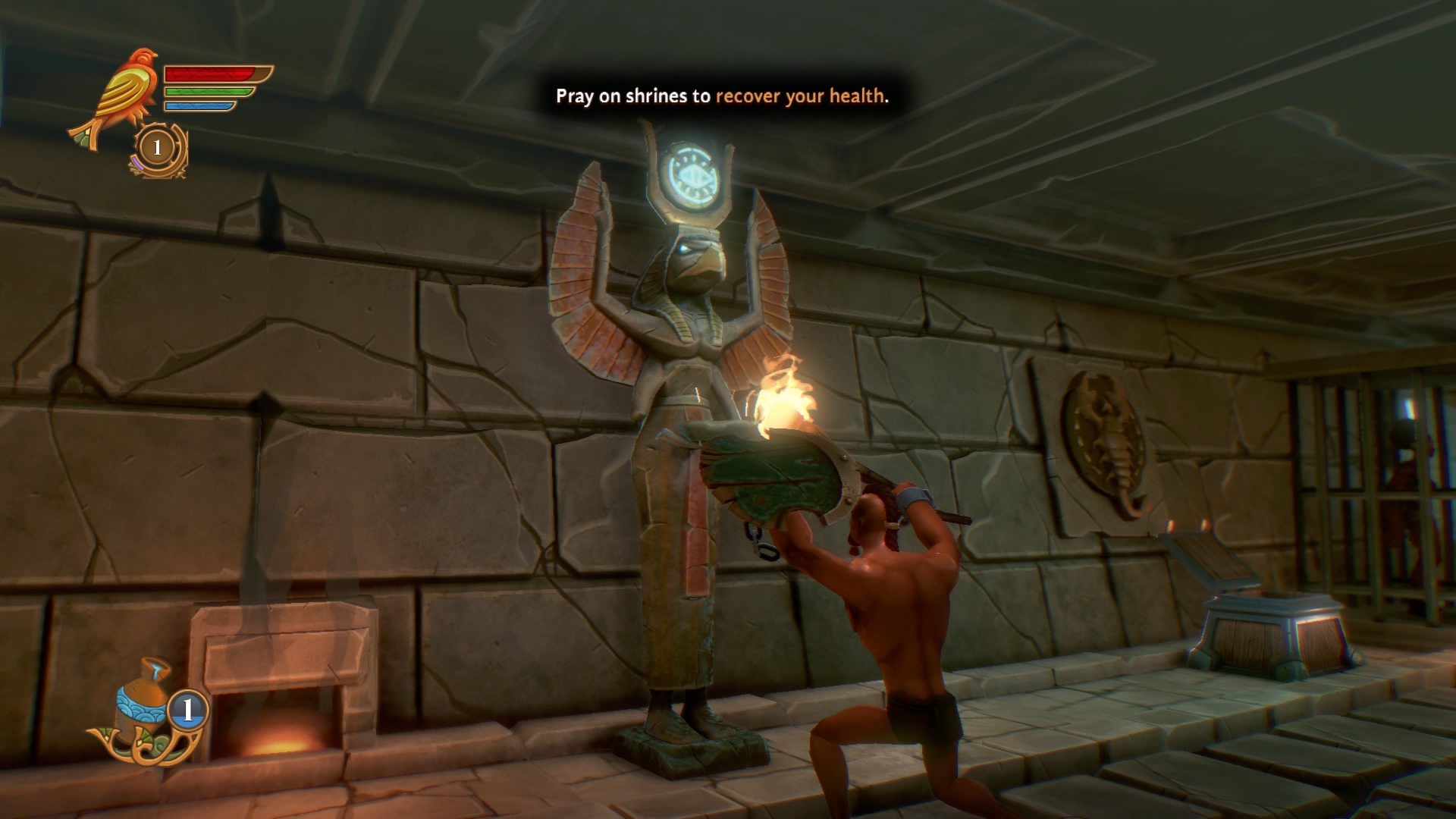
Inspired Design
What Pharaonic lacks in the direction of movement it makes up for in direction of art. Despite the fact that the entirety of the action plays out along a two-dimensional plane, the backdrops are absolutely stunning. Though not photo-realistic, the environments match the more exaggerated and cartoonish character design to a T. There were several times when I was killed by an enemy that I didn’t even know was there, simply because I was too busy gawking at the settings and vistas.
Oh, and remember that storyline that I mentioned earlier? Unless you are planning on chatting with every prisoner along the road to retaliation, any sort of a convincing narrative is damn near non-existent. Also, would it hurt to pull in a couple of voice actors to, at the very least, spit dialog at the player? In the worst case scenario players would be exposed to a little second-hand narrative, instead of it being almost entirely skippable. Granted, the writing and storyline is of questionable quality to begin with, so perhaps this was a calculated decision.
There’s plenty to like in Pharaonic, including fantastic visuals, interesting (albeit repetitive) character design and moment-to-moment gameplay that is hard to beat. The development team has somehow managed to make a Souls-style game accessible, with one less dimension. Ambitious achievements like this are fairly rare, especially for such a young studio. And to imagine that this was done on such a small scale is genuinely remarkable. I would highly recommend giving this experience a look if you’re looking for the next chance to be reminded how you suck at games. Git gud, man. Git gud.
Review code for Pharaonic provided by the publisher. Reviewed on PS4. For more information on scoring, please read our Review Policy here.
-
Fantastic and unforgiving moment-to-moment combat
-
Vistas and settings that work well with the art style
-
The constant introduction of new gear is a great motivator
-
AI tends to be a bit repetitive at times
-
Checkpoints are punishingly far apart
Pharaonic Review
-
Pharaonic Review #1
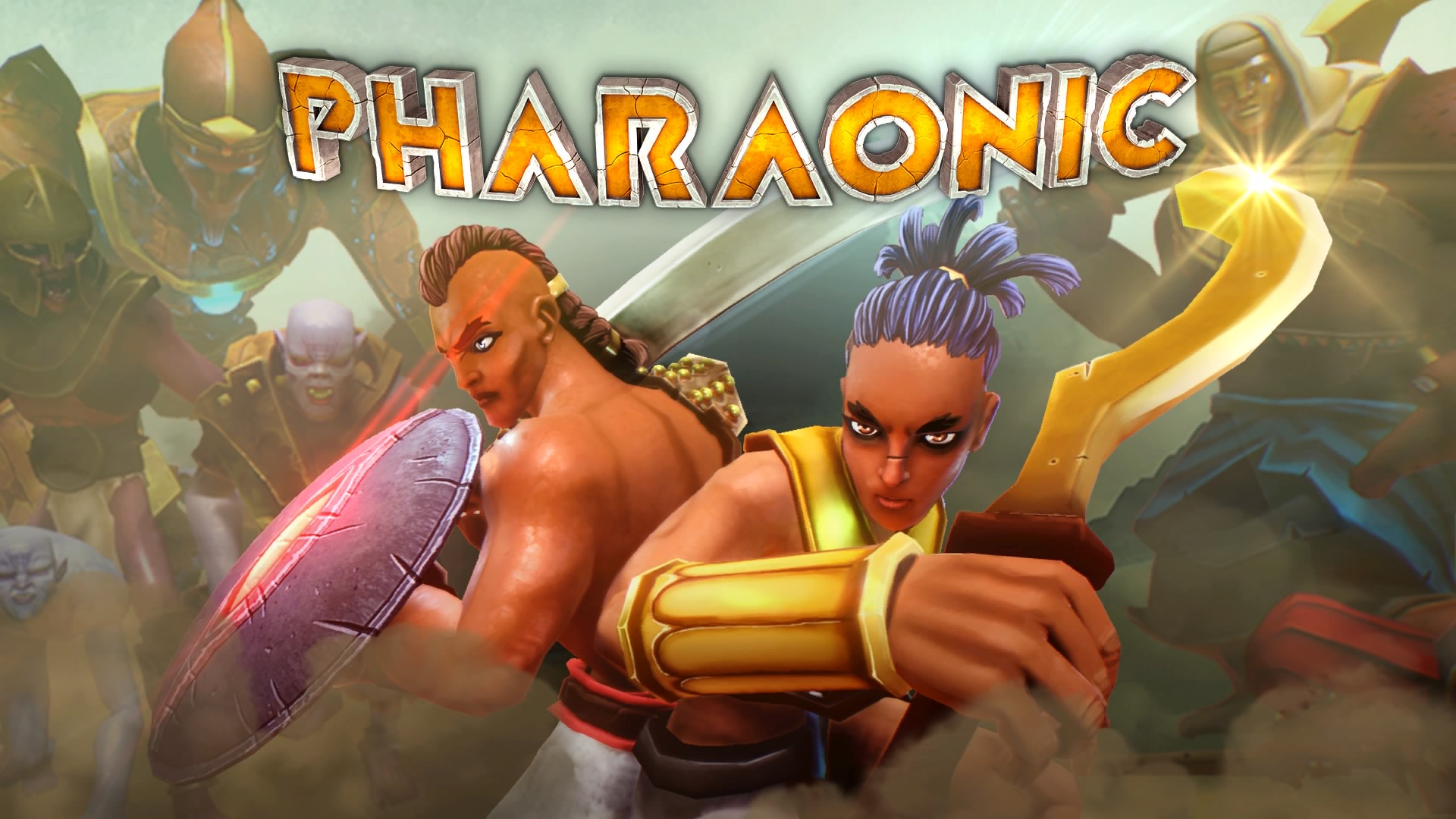
-
Pharaonic Review #2
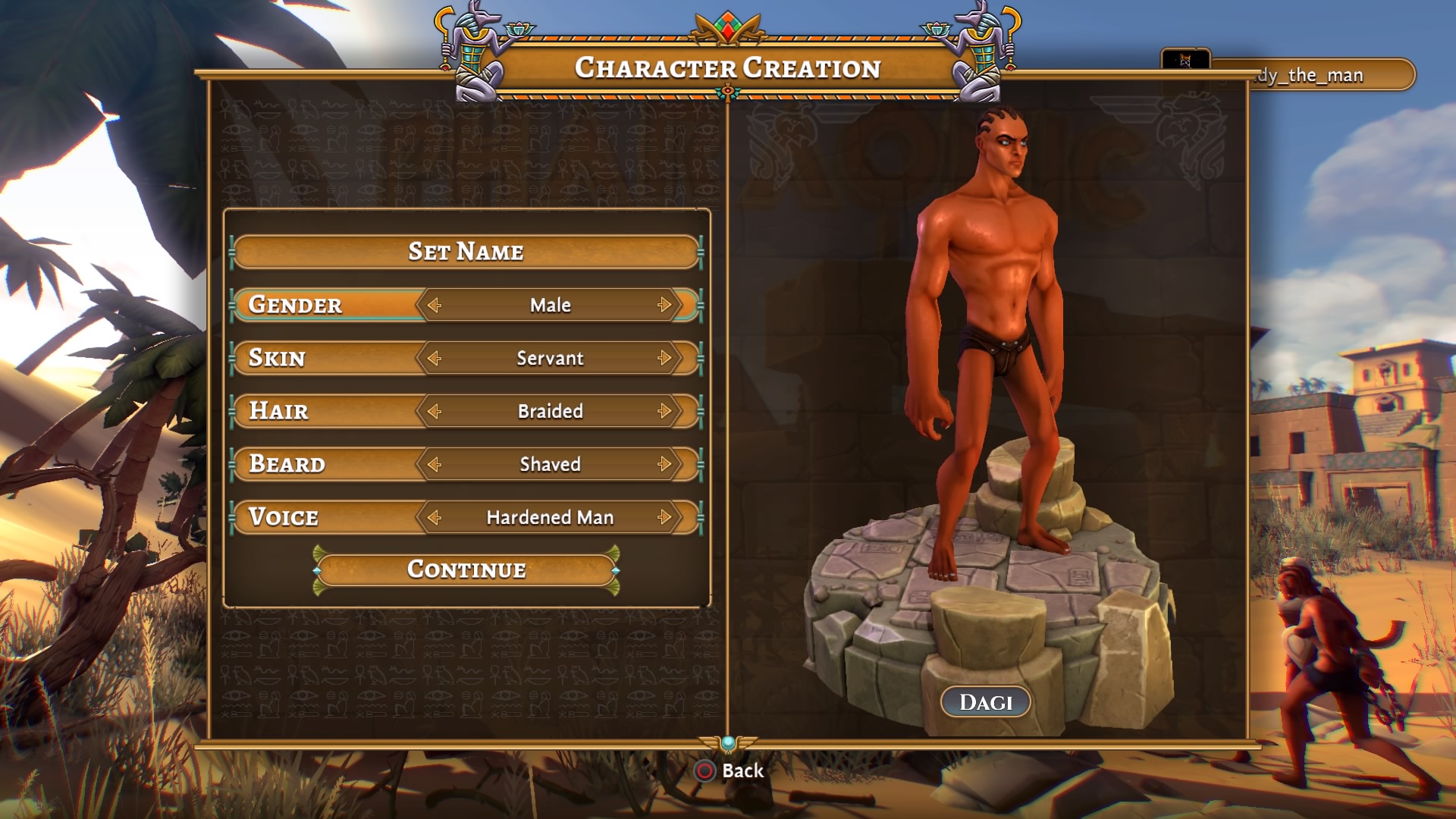
-
Pharaonic Review #3
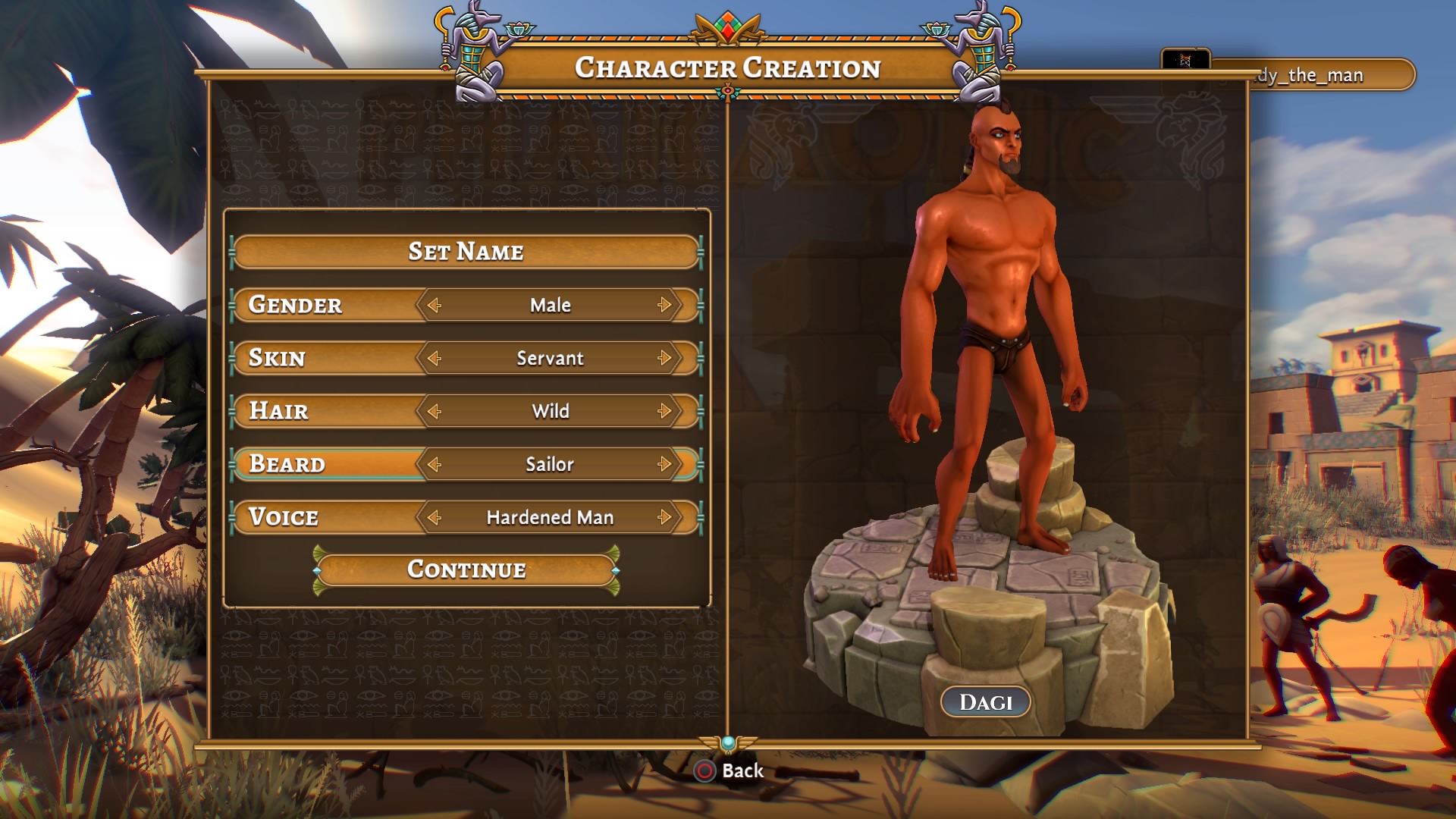
-
Pharaonic Review #4
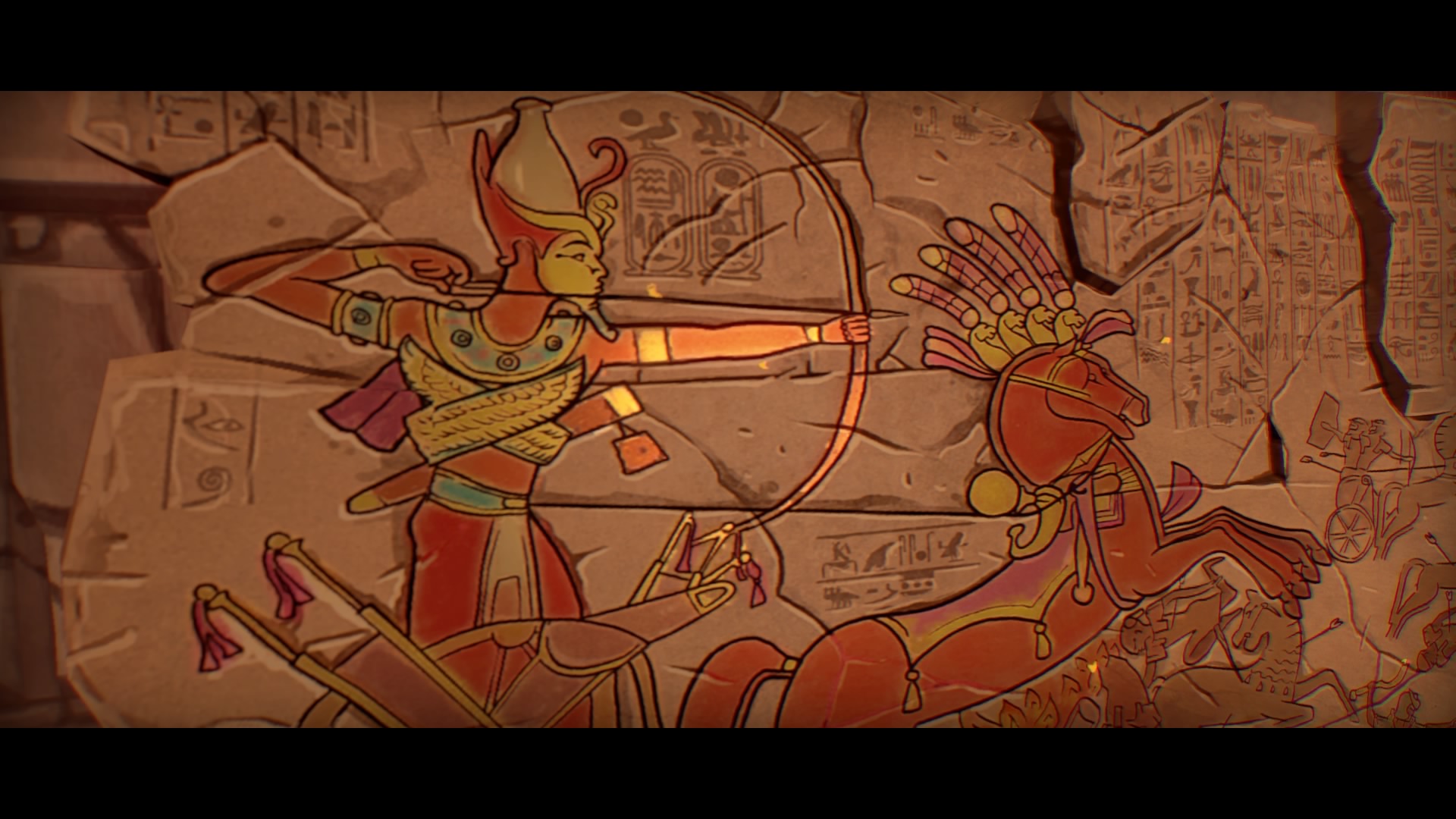
-
Pharaonic Review #5
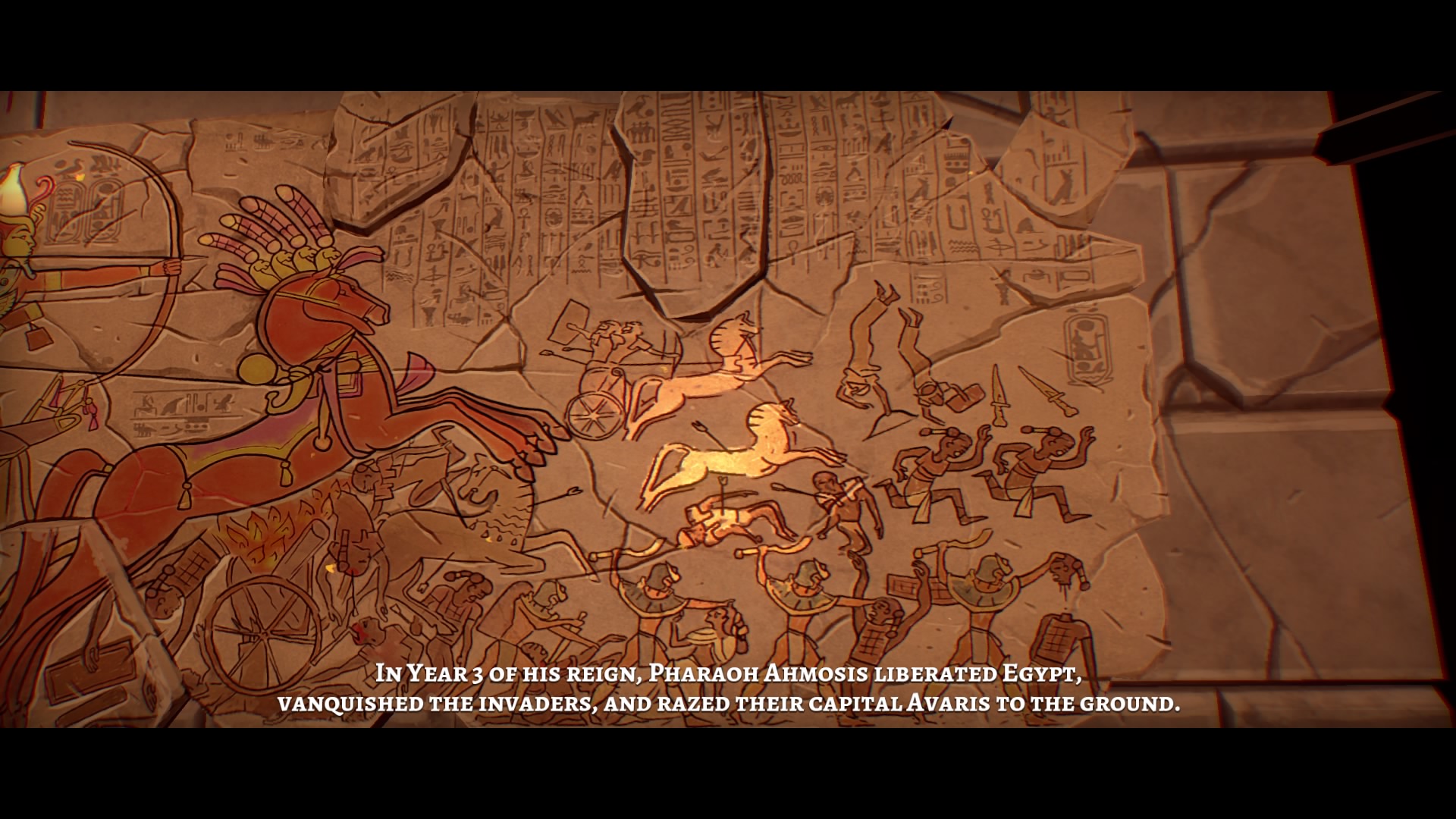
-
Pharaonic Review #6
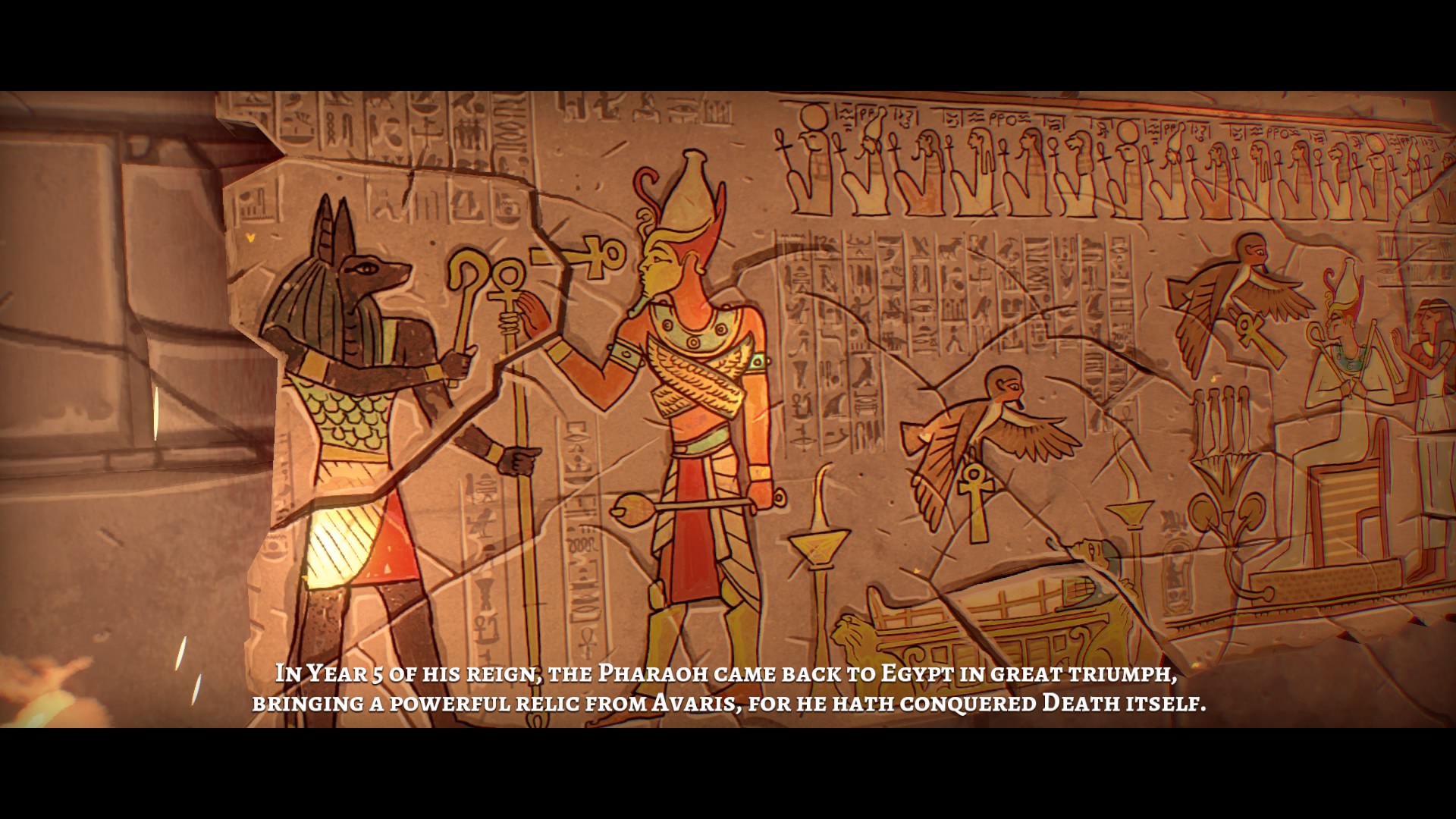
-
Pharaonic Review #7
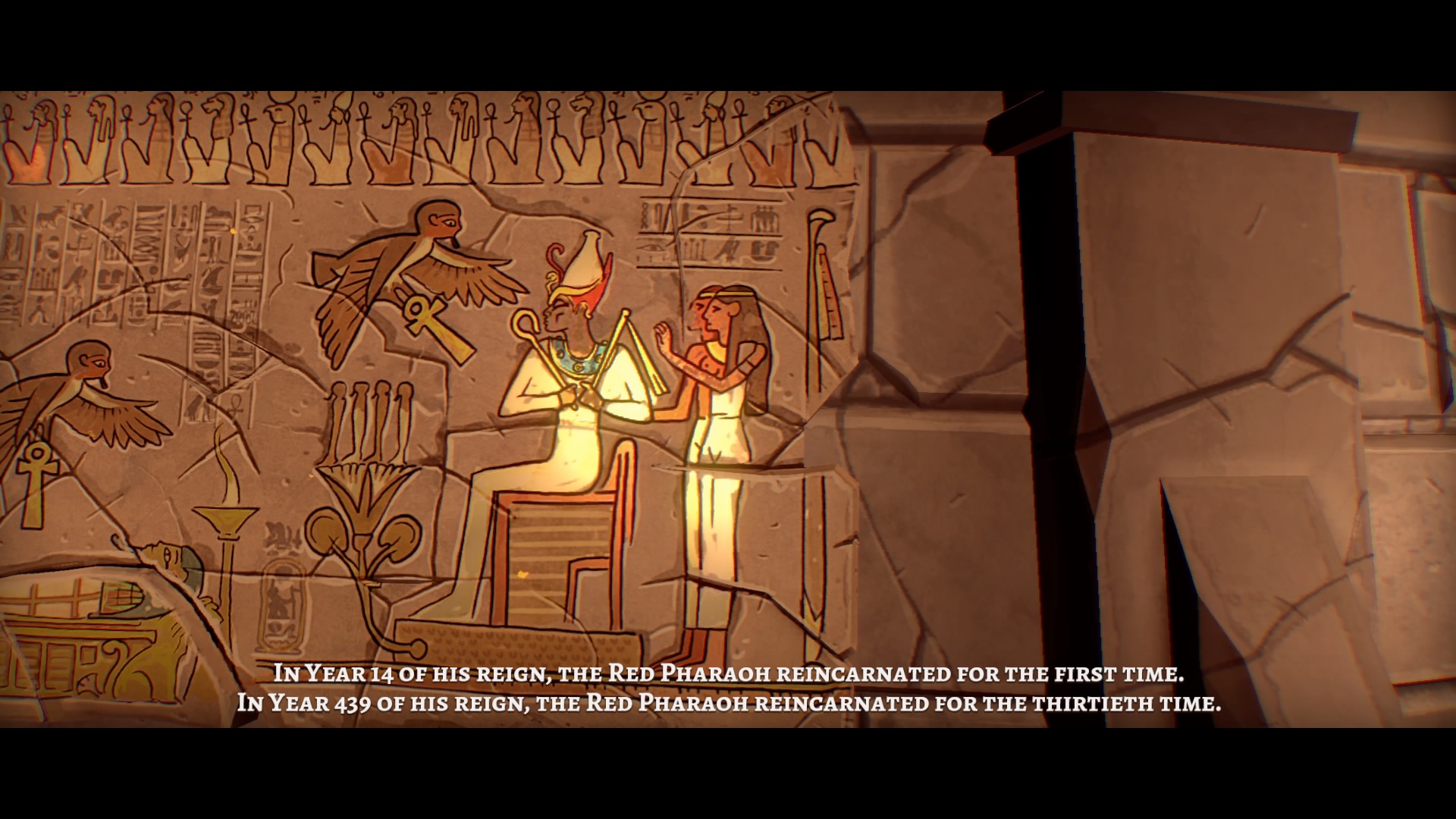
-
Pharaonic Review #8
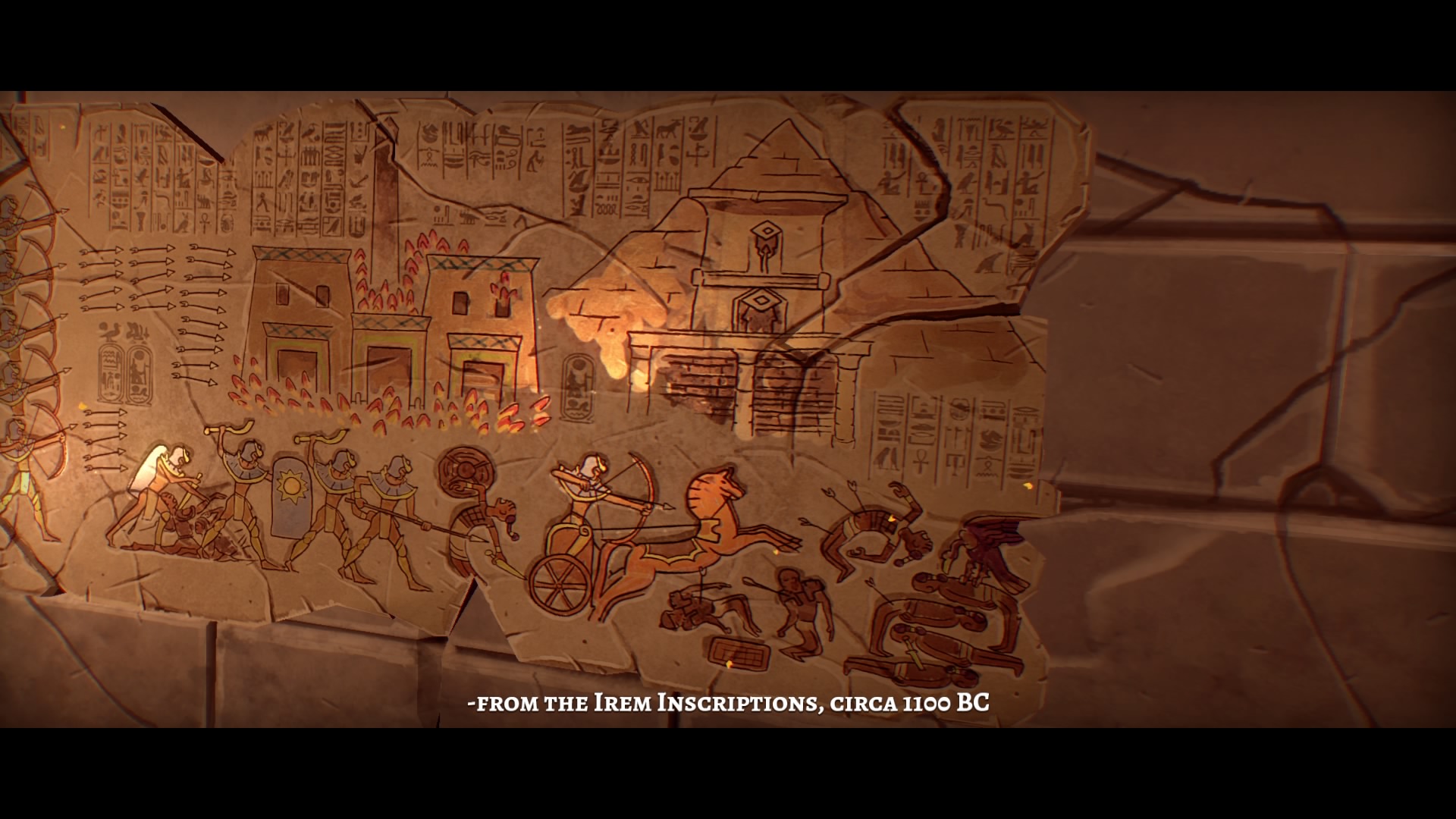
-
Pharaonic Review #9
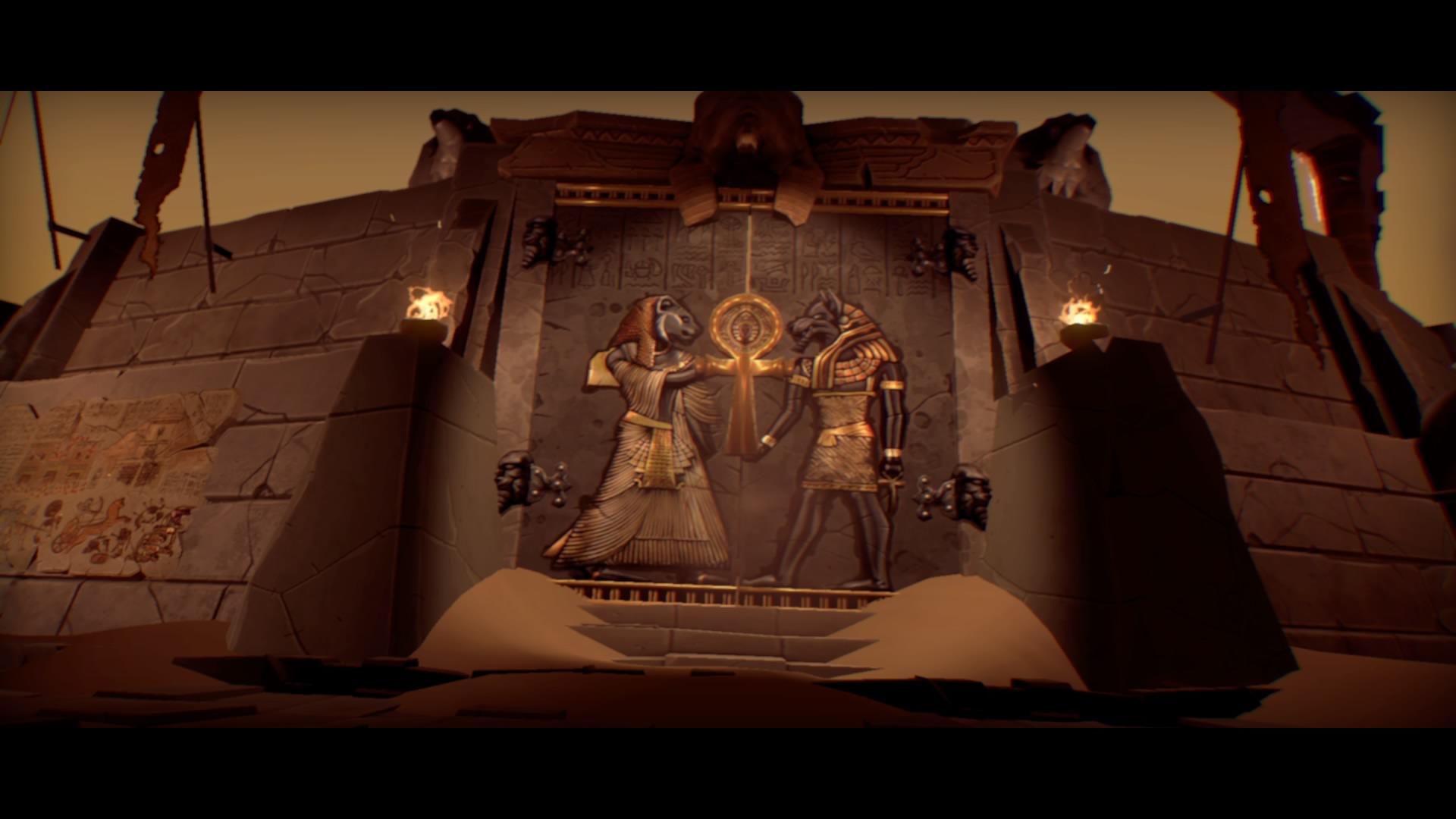
-
Pharaonic Review #10
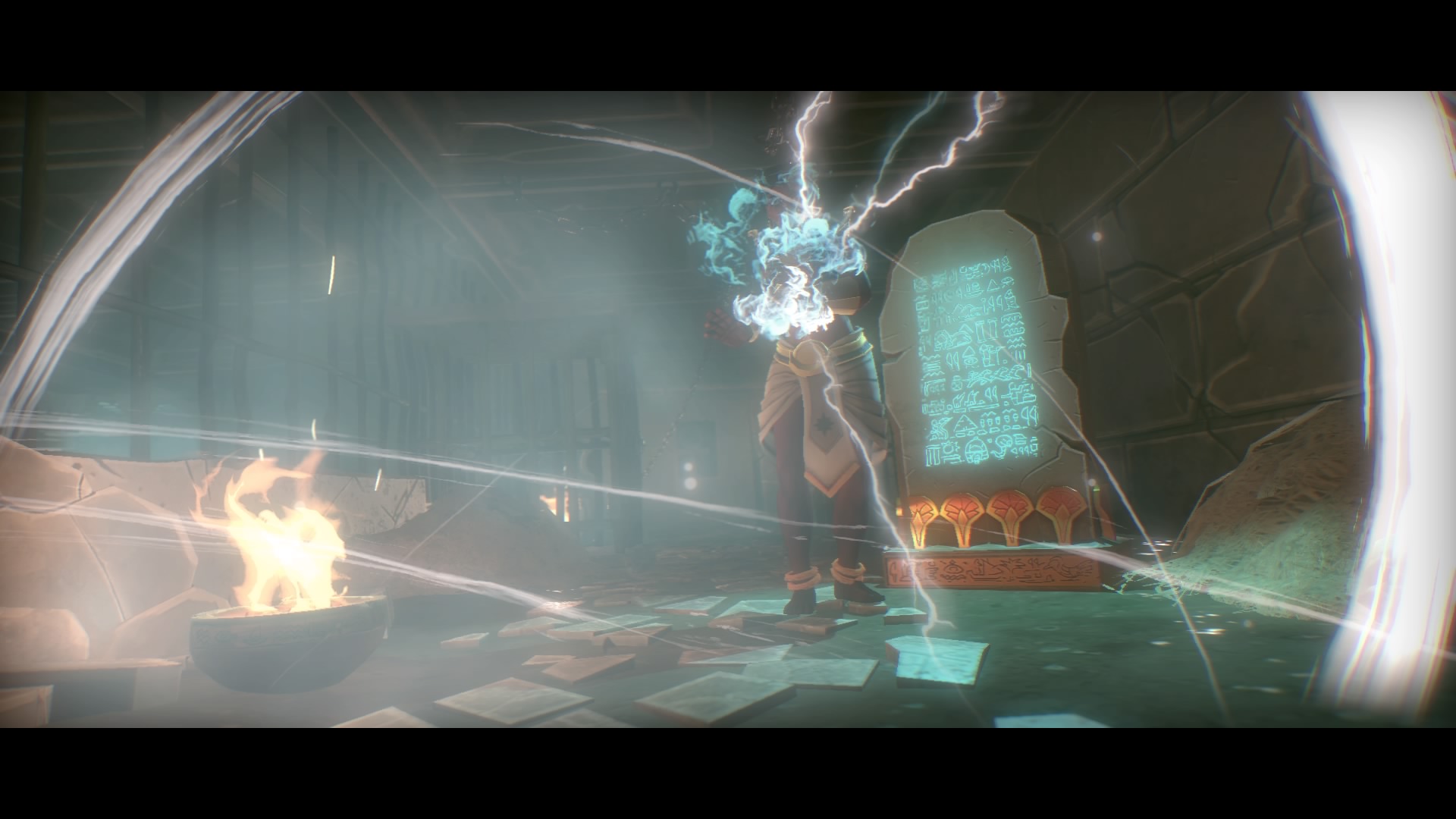
-
Pharaonic Review #11

-
Pharaonic Review #12
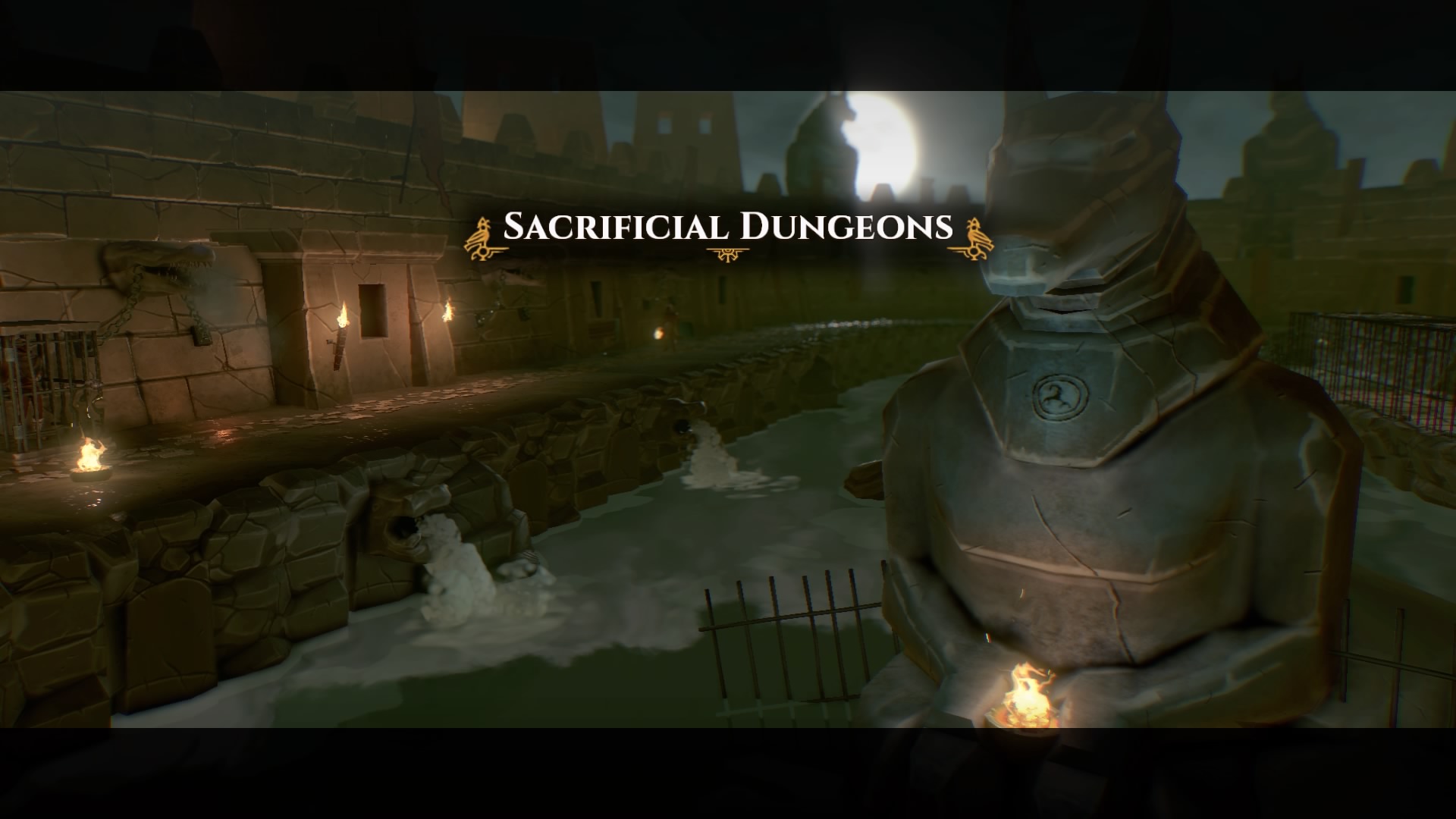
-
Pharaonic Review #13
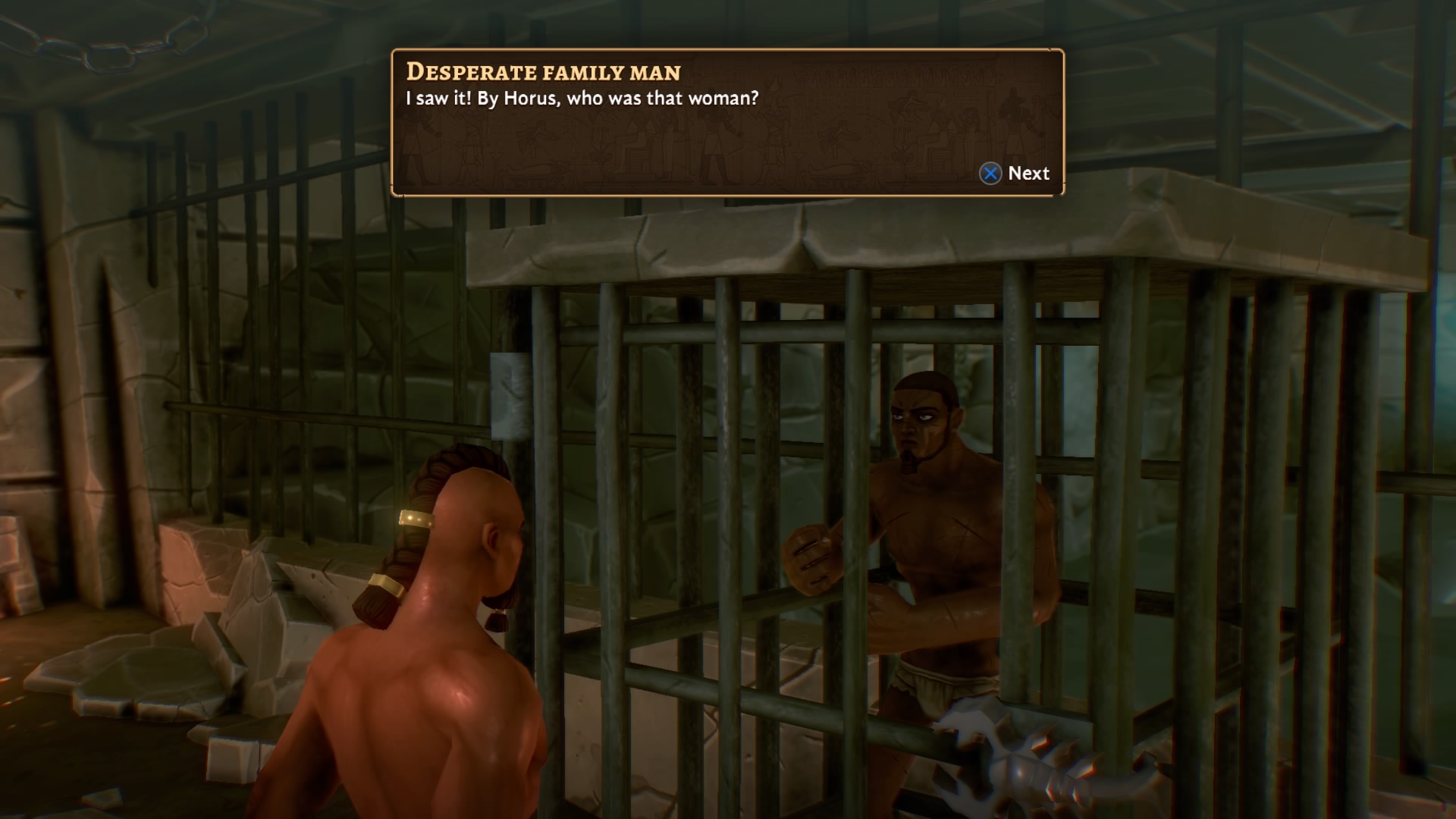
-
Pharaonic Review #14

-
Pharaonic Review #15

-
Pharaonic Review #16
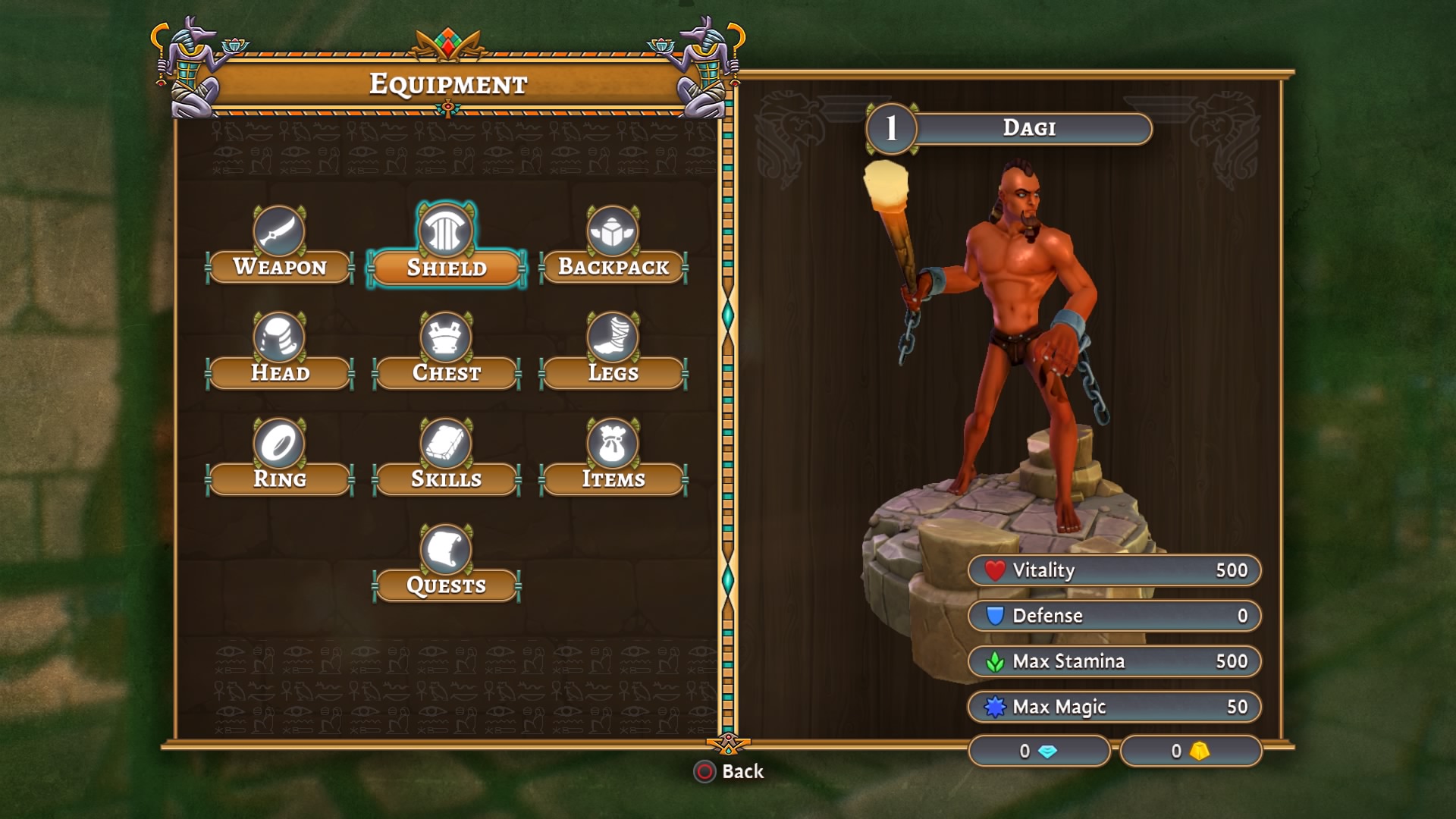
-
Pharaonic Review #17
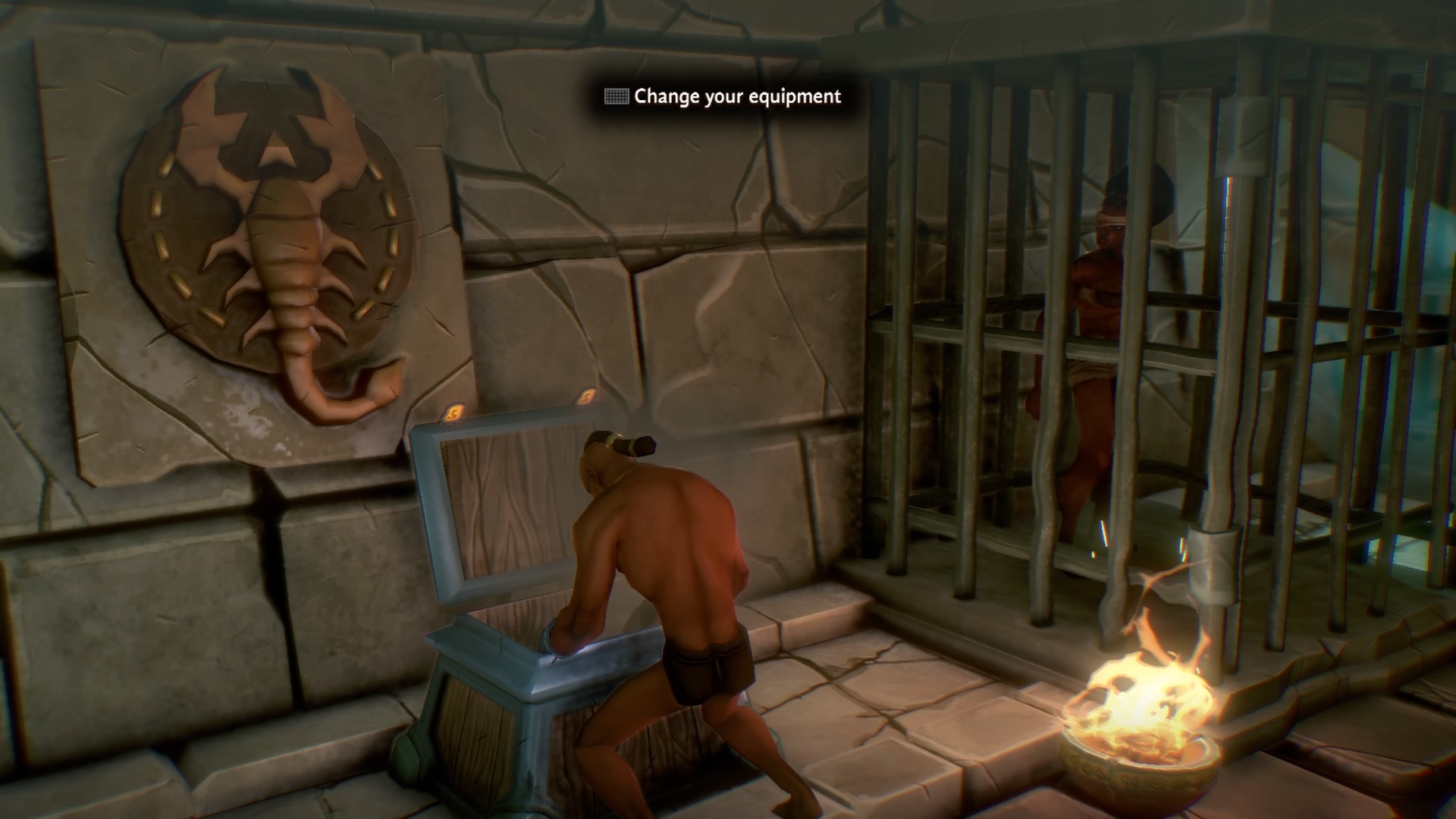
-
Pharaonic Review #18
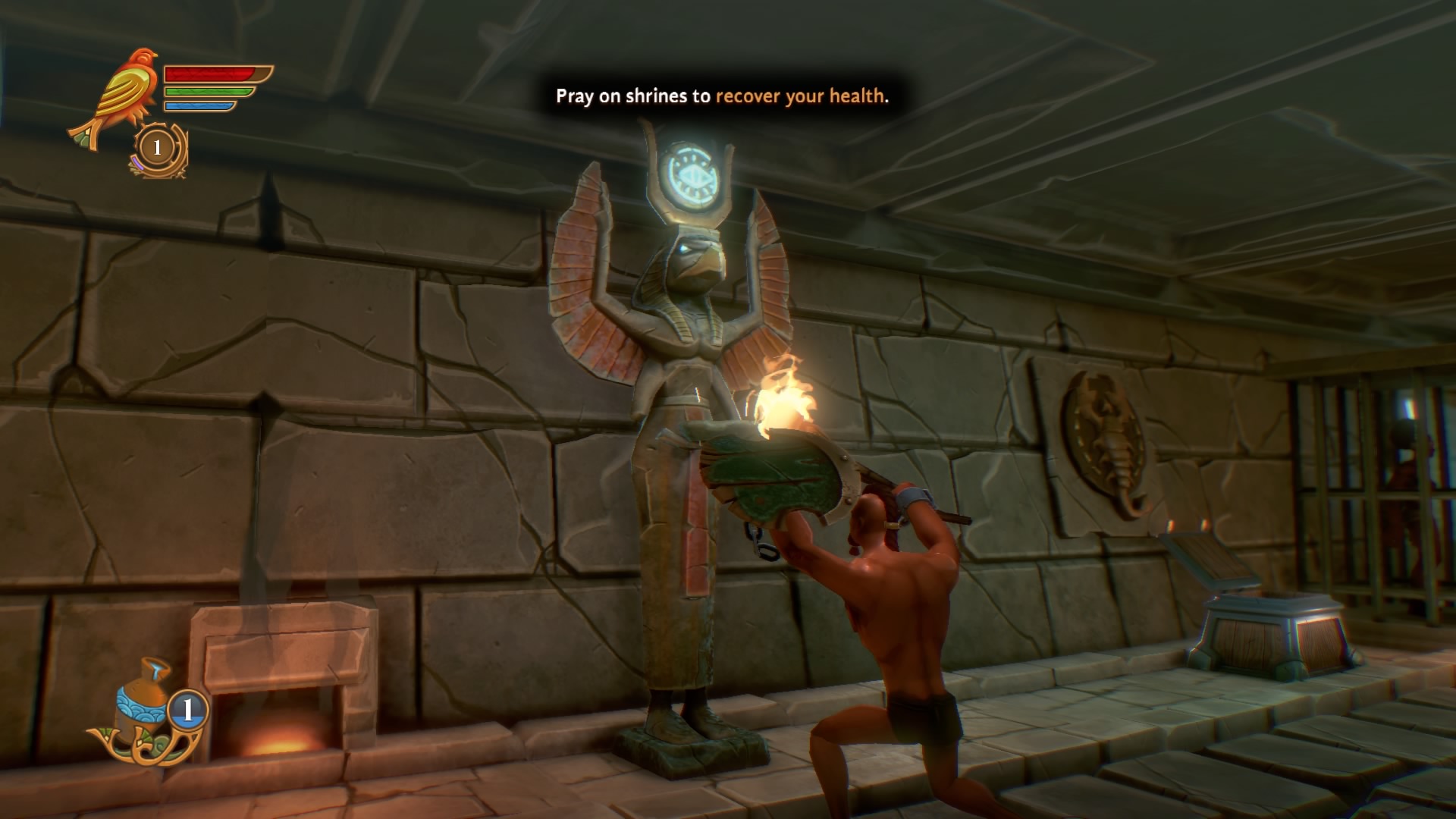
-
Pharaonic Review #19
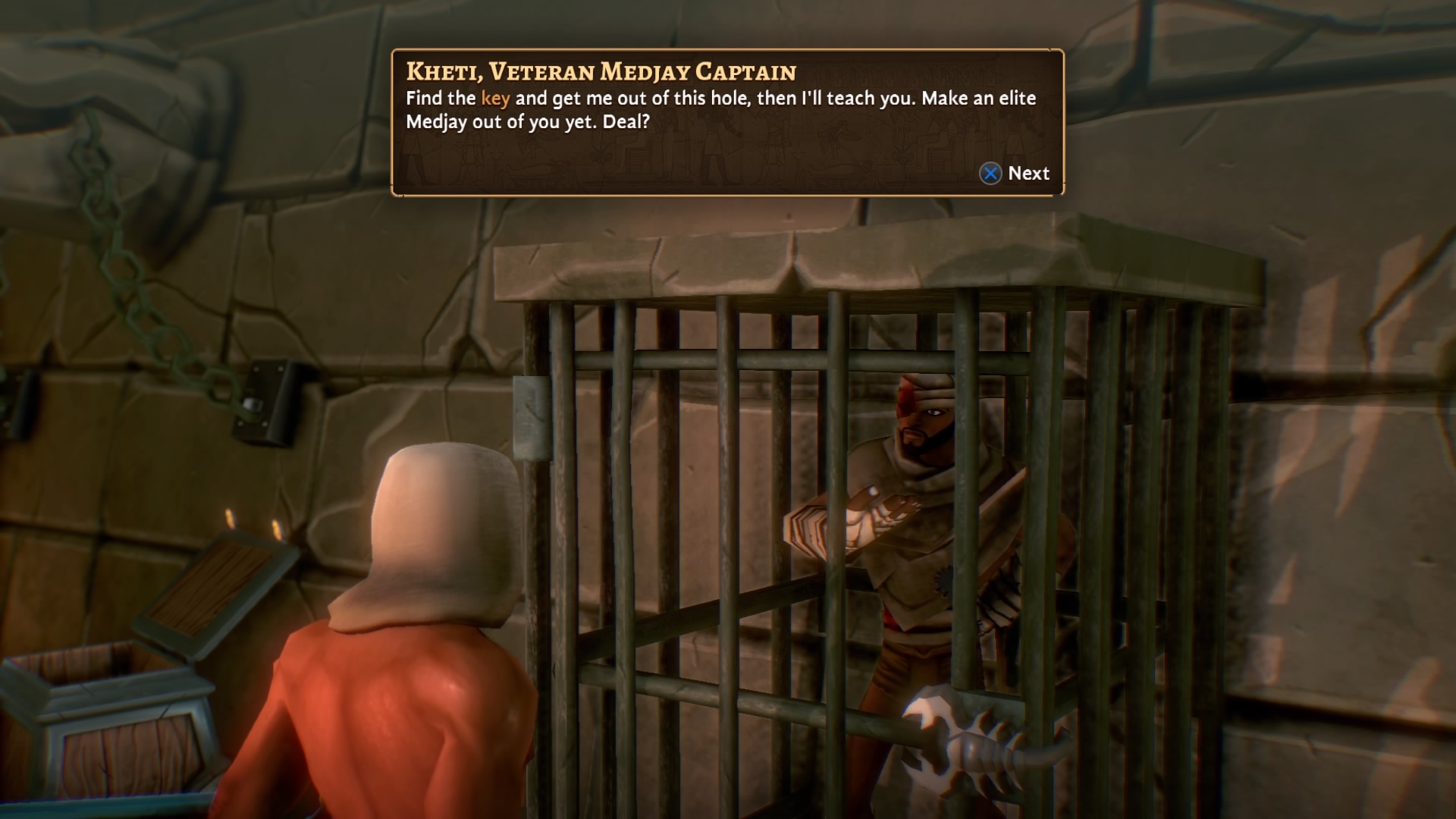
-
Pharaonic Review #20









